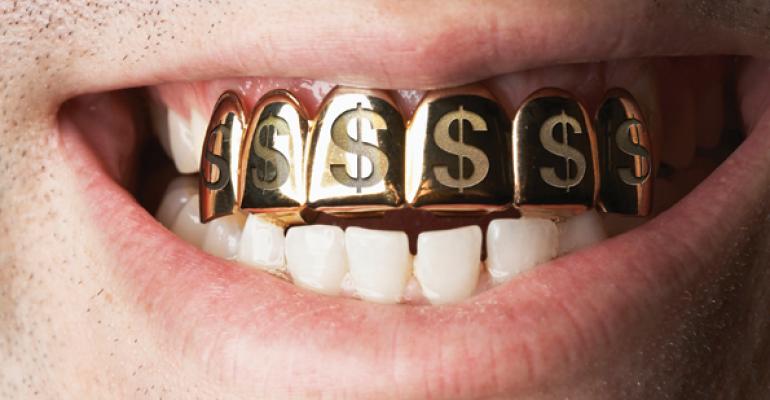RIAs are loathe to increase their fees, believing it alienates clients. But a recent analysis by Russell Investments shows advisors are worth as high as 4.33 percent, much higher than the typical 1 percent that many FAs charge for their services.
In a blog post on Russell’s website, Brad Jung writes that the value of an advisor is more than 1 percent. Jung suggests advisors use the following formula to determine how much they should be charging:
A + B + C + P > Your fee
Each letter represents a service that an advisor offers. His estimates are based on a $500,000 fee-based portfolio. “A,” for starters, stands for “Annual rebalancing of investment portfolios.” Most investors don’t rebalance their portfolio properly when doing it themselves, and they can often fall victim to their emotions—buying high and selling low—which we all know can be disastrous. In its rebalancing policy study in 2011, Russell found that annual rebalancing can deliver an additional return of 0.93 percent, over a buy-and-hold strategy.
In addition to rebalancing, Jung argues that advisors help individual investors avoid “Behavior mistakes,” the second item in the formula. According to a Russell analysis, the average equity investor has underperformed the Russell 3000 Index over the last 29 years by 2.2 percent a year. That’s what advisor Carl Richards calls “The Behavior Gap.” Jung writes:
Advisors are extremely valuable in that they can be the behavior coach who helps investors avoid chasing trends and buying during market highs and selling during market lows.
So advisors can deliver an additional 2.2 percent by keeping investors on track and not allowing them invest in the hot dot.
Jung next talks about the “Cost of basic investment-only management,” the third leg in the formula. This is the price for establishing a risk tolerance and building a portfolio for a client—strictly investment advice. After analyzing advisor firms that offer only investment management, Jung says the cost is around 0.35 percent on a $500,000 portfolio.
The last letter in the formula stands for “Planning costs or the costs of providing a financial plan, updates and your services.” This includes developing a financial plan, which Jung believes is worth 0.6 percent. But it also includes other services, “such as coordinating annual tax return preparation, retirement/insurance/trust/college/legacy planning, social security planning and setting up distributions in retirement.” These things could save a client 20 to 100 hours a year, he says. That’s worth at least 0.25 percent.
So what is the true value of an advisor? When you add up all these services, it totals 4.33 percent.
Granted, this is a hypothetical example based on my research, each advisor’s practice may be different. This exercise suggests that you more than deserve the typical 1% fee for advisory services. The next time a client questions that fee, help them understand all that you bring to the relationship and the value of those services.
So how do you go about talking to clients about raising your fees? This article called “Don’t Fear Your Fees” may help.
The RIA market is in a tough spot. Despite the market outperformance last year, advisory margins are compressing. And it may be time to rethink your worth.

